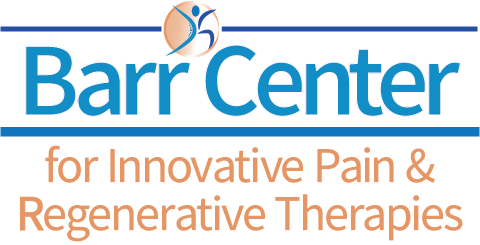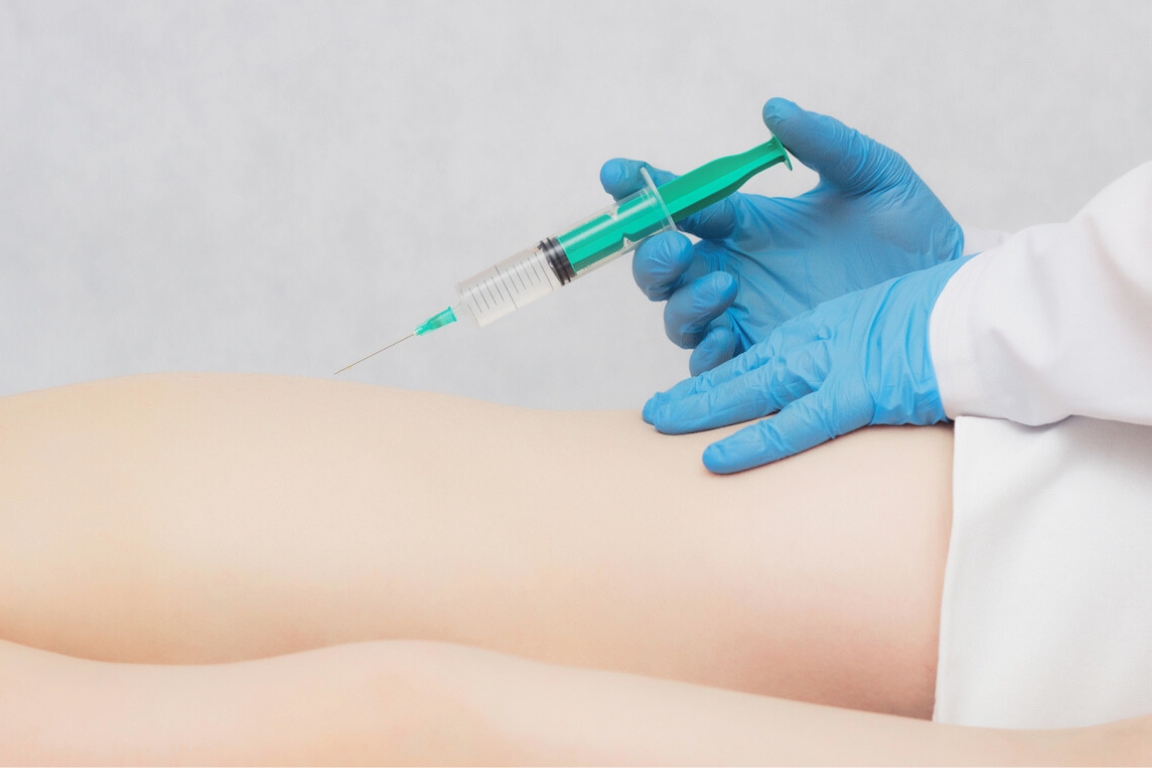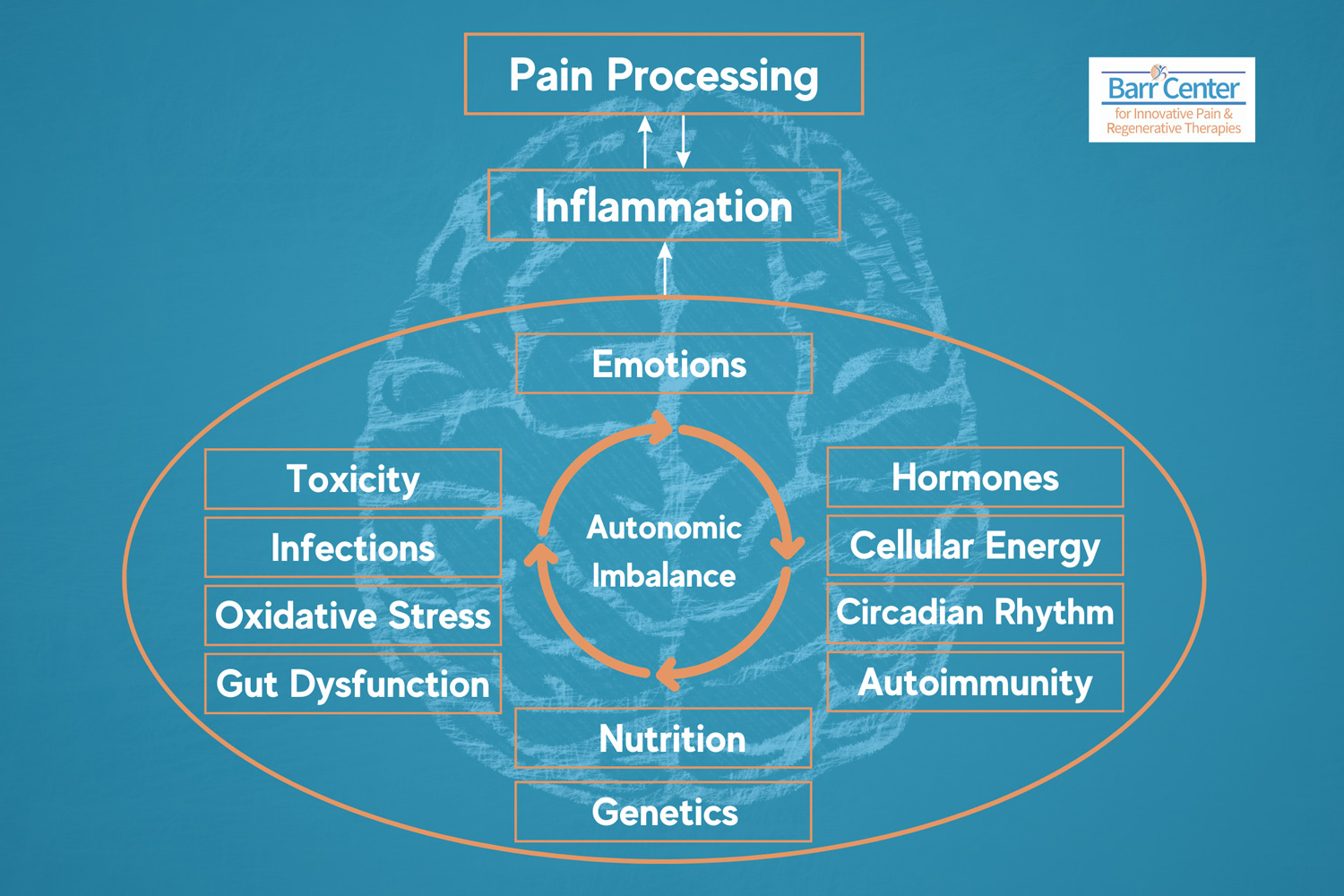Low Dose Naltrexone was originally approved in the 1980s at a dose of 50mg to help opiate and heroin addicts. Naltrexone works by blocking the reception of opioid hormones making it easier for drug-dependent adults to stop using.
Around the mid-’80s, a doctor in New York named Dr. Bihari was treating cancer and AIDS patients and discovered that a low dose between 3 mg and 4.5 mg of Naltrexone had beneficial effects on the immune system.
Since then, Low Dose Naltrexone (LDN) has been used to treat symptoms of autoimmune disease, cancer, and other conditions that involve immune dysregulation.
How does Low Dose Naltrexone (LDN) work in Autoimmunity?
LDN might benefit you if you have an immune-related condition.
There are two main mechanisms of action for LDN that have been identified.
It regulates the immune system by promoting T regulatory cell function
The T regulatory cells, or Tregs, keep the immune system in balance, and they turn inflammation on and off, depending on what’s needed. They’re important in preventing the immune system from getting stuck in overdrive.
This helps many patients with an overactive immune system, like people with allergies, asthma, or autoimmune conditions like Hashimoto’s Thyroiditis.
LDN temporarily blockades the opioid receptors in the brain
When the receptors are blocked, the body thinks more opioids are needed, and so it produces more. By the time more opioids are produced, LDN is out of the system, the receptors are unblocked and that leads to essentially a net increase in natural opioid production.
People with autoimmune diseases often have low levels of these opioids. White blood cells drive the immune response and because these cells have opioid receptors, they can be influenced by the effects of LDN. This makes LDN potentially a really important tool in immune system regulation because of its effects on the Treg cells.
Why is blocking opioid receptors good?
By blocking the opioid receptors, Low Dose Naltrexone blocks something called toll-like receptor 4 that’s found on white blood cells.
These are called microglia.
The microglia are central nervous system immune cells that produce:
- Inflammation
- Pain sensitivity
- Fatigue
- Sleeplessness
- Mood disorders
- Cognitive problems
When microglia are chronically activated, as they are with fibromyalgia and other pain disorders, it results in neurotoxicity and then an extensive cascade of symptoms that are associated with all these conditions.
LDN essentially blocks that cascade by blocking the receptors on those microglial cells.
This explains why LDN has been shown to reduce something called erythrocyte sedimentation rate, or ESR, which is an inflammatory marker that can be elevated in conditions like fibromyalgia.
Another recently discovered mechanism of action is that LDN reduces inflammation in the central nervous system. Inflammation in the central nervous system is thought to play a role in a number of different conditions that LDN has been shown to be effective for like fibromyalgia, chronic pain, and depression.
How effective is Low Dose Naltrexone?
So far, studies on LDN have been really encouraging. The studies have primarily been on cancer, multiple sclerosis, Crohn’s disease, fibromyalgia, and autism. It’s especially effective for Crohn’s with over a 70% remission rate and even complete mucosal healing as evidenced by colonoscopy in some cases.
If you know about Crohn’s disease and how uncomfortable the symptoms can be, how difficult it is to treat, and how poor the success rates are of the typical treatments, then you’ll know that this is a pretty remarkable statistic. Over 70% remission rate with mucosal healing, especially when you consider the fact that there were no documented side effects of LDN in that study compared to placebo.
So that’s what’s in the scientific literature, but anecdotally some clinicians use it for a whole wide range of conditions involving inflammation and immune dysregulation, autoimmune diseases like:
- Hashimoto’s and Graves
- Rheumatoid arthritis
- Lupus
- Psoriasis
- Chronic fatigue syndrome
- Neurodegenerative disorders like Parkinson’s and Alzheimer’s
LDN regulates and balances the immune system and reduces inflammation, and of course, we know that inflammation and immune dysregulation are at the root of many diseases and certainly at the root of autoimmune conditions.
Even though there aren’t any studies of LDN on Hashimoto’s, for example, it makes sense that it would work for Hashimoto’s if it’s working for multiple sclerosis and Crohn’s disease because the underlying mechanism of all those conditions is immune dysregulation, autoimmunity.
That’s why a lot of clinicians out there feel justified and safe in using LDN for conditions that it hasn’t directly been studied on because:
- The mechanism makes sense
- It’s safe, well-tolerated, and doesn’t have any significant complications, risks, or even side effects in many of these studies
One of the advantages of LDN as a therapy is its low cost.
It’s not covered by most insurance companies and it must be compounded for each patient at a cost of 35 – 50 dollars a month from a compounding pharmacy.
Side effects, dosing, and special considerations of LDN
The side effects of LDN are pretty minimal.
In some of the double-blind, placebo-controlled trials, there was no difference in side effects between the placebo and the treatment group.
Some of the most commonly reported side effects are temporary sleep disturbance when a patient first starts taking it or vivid dreams and a mild headache. These usually pass pretty quickly and can often be mitigated by starting with a low dose.
Our typical titration schedule starts at 1mg and increases monthly to a max of 4 – 4.5mg taken at bedtime. LDN does not have any known abuse potential and is not addictive.
The dose can fluctuate, depending, of course, on the background level of immune dysregulation.
If someone is gluten intolerant and they don’t know it and they’re eating gluten and they’re taking LDN and they need the full 4.5 mg dose. Then they take gluten out of their diet and maybe 4.5 mg is unnecessary or even starts causing some side effects.
Patients with Graves or Hashimoto’s that take thyroid meds should be careful because if someone takes LDN and their thyroid function improves, then the dose of medication they were on prior to going on the LDN will become too high. That person can go into a kind of a hyperthyroid episode or start feeling heat or not sleeping well or all those typical symptoms.
This is something to be aware of and to talk about with your primary care doctor if you’re on thyroid medication, to be ready to reduce the dose of your thyroid function starts to improve.
The amount of time that you need to take LDN before symptom improvement is noted is quite variable. We recommend that you give it a full three-month trial before giving up on it.
A couple of other things to consider are that because LDN blocks the opioid receptors, some pain narcotic drugs like Percocet, morphine, or tramadol can decrease in effectiveness so typically they shouldn’t be taken together.
How can Low Dose Naltrexone help the immune system?
A question that often comes up is: Are there some natural alternatives to LDN that achieve the same purpose of reducing central nervous system inflammation and promoting T regulatory cell function?
Definitely, there are things that achieve both of those goals. In some cases, especially when you put them together, they can do just as good of a job as LDN, but in other cases, I’ve seen LDN just be more effective even when someone’s done all these other things.
To improve Treg cell function, vitamin D is a powerful T regulatory cell promoter, as is glutathione, so those should definitely be considered in addition to LDN.
Maintaining adequate levels of selenium, zinc, and iodine is important for immune function. Probiotics, especially bacillus species like soil-based organisms, promote Treg cell function.
Butyrate, which is a short-chain fatty acid produced by beneficial bacteria in the colon, improves Treg cell function too, so prebiotics can actually do that indirectly.
Vitamin A is important for immune balance, so cod liver oil should be taken.
For inflammation, we have things like curcumin and Boswellia. These include COX inhibitors, selective kinase response modulators, fish oil or EPA and DHA from cold-water fish, of course, and then diet obviously.
Whether we’re talking about just a general, overall anti-inflammatory paleo-ish type of diet or whether you’re taking the next step and doing an autoimmune protocol type of diet, those can be important as well.
Our autoimmune genetic testing panel can be very helpful in identifying those people who would have a particularly good response to LDN.
To learn more about Low Dose Naltrexone, call us at 757-578-2260 or schedule an appointment online.










